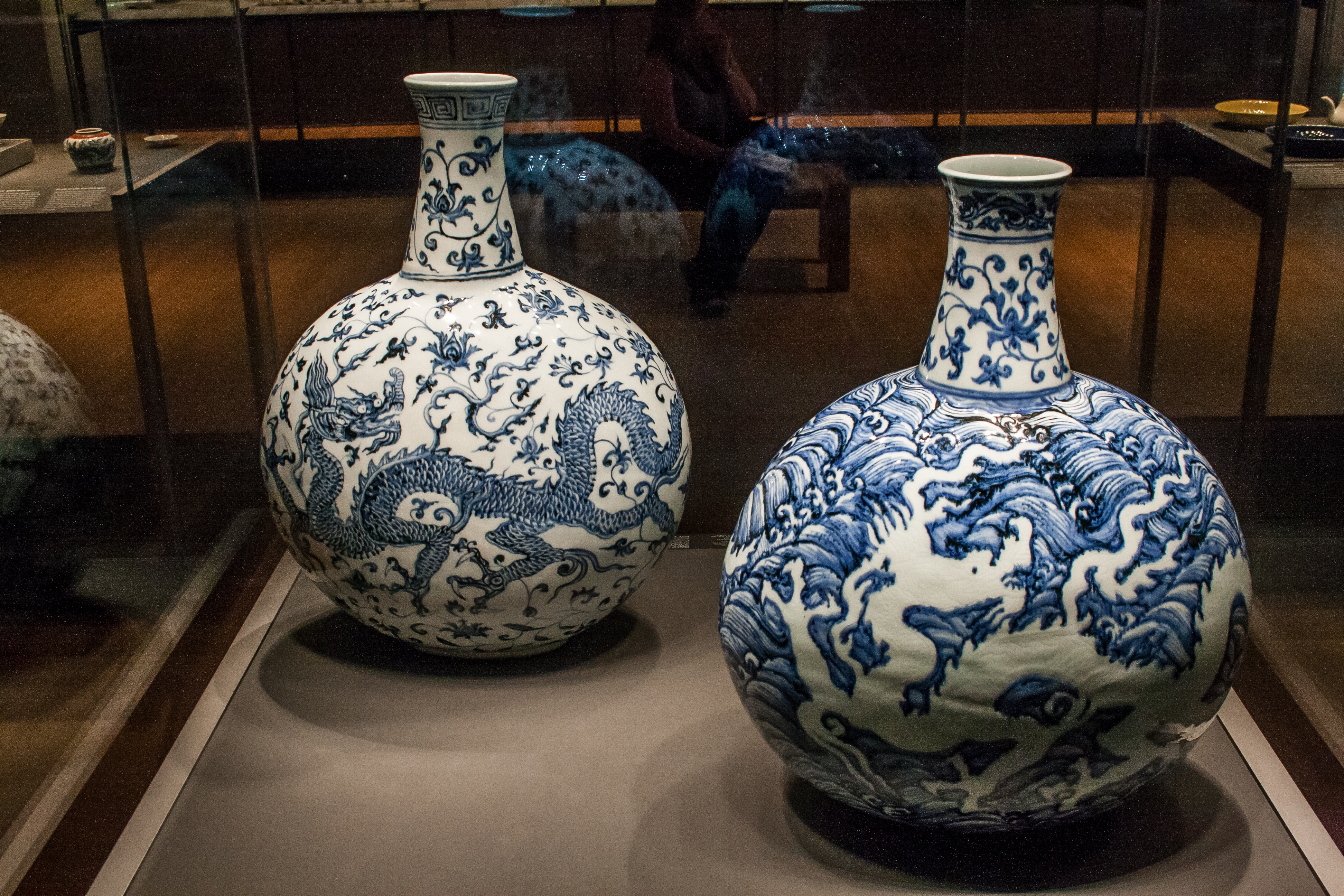History of Art
- Introduction to Art History
- Byzantine Art
- Islamic Art
- Renaissance Art
- Baroque and Rococo Art
- Impressionism and Post-Impressionism
- Modernism
- Postwar & Contemporary Art
- Art of Africa & Oceania
- Art of the Americas
Art of Asia
Chinese and Japanese Art: Evolution and Influences

Art originated in China.
Asian art is a rich tapestry of diverse cultures, traditions, and histories. Among the most influential and widely recognized are the arts of China and Japan. This unit explores the evolution of Chinese and Japanese art, the impact of religious and philosophical beliefs on their development, and some of the major works and artists from these regions.
Chinese Art
Chinese art is as diverse as the dynasties that have ruled the country. From the ancient bronzes of the Shang Dynasty to the ink paintings of the Song Dynasty and the modern art movements of the 20th and 21st centuries, Chinese art is a reflection of the country's history and culture.
One of the most significant influences on Chinese art is the trio of Confucianism, Taoism, and Buddhism. Confucianism, with its emphasis on order, hierarchy, and morality, influenced the formal and rigid styles of early Chinese art. Taoism, with its focus on nature and the individual, can be seen in the landscape paintings that became popular during the Song Dynasty. Buddhism, which came to China from India, brought new themes and iconography to Chinese art.
Some of the most notable works of Chinese art include the Terracotta Army, the Great Wall, and the Forbidden City. In painting, artists like Zhang Zeduan, whose "Along the River During the Qingming Festival" is a masterpiece of Song Dynasty art, and Qi Baishi, a 20th-century artist known for his whimsical ink paintings, have left indelible marks on Chinese art.
Japanese Art
Japanese art, while influenced by China and other Asian cultures, has a distinct style and aesthetic. From the elegant simplicity of Zen ink paintings to the vibrant and detailed prints of the Edo period, Japanese art is a testament to the country's creativity and craftsmanship.
Buddhism played a significant role in the development of Japanese art, with many of the country's most famous works, like the Great Buddha of Kamakura and the Byodo-in Phoenix Hall, being Buddhist in nature. Shinto, Japan's indigenous religion, also influenced Japanese art, particularly in its emphasis on nature and spirituality.
The Edo period, from the 17th to the 19th century, was a golden age for Japanese art. Ukiyo-e, or "pictures of the floating world," became popular during this time. These woodblock prints, featuring scenes of everyday life, landscapes, and beautiful women, are some of the most recognizable works of Japanese art. Artists like Hokusai, with his "Thirty-Six Views of Mount Fuji" series, and Utamaro, known for his portraits of women, are among the most famous ukiyo-e artists.
In the modern era, Japanese art has continued to evolve, with movements like Superflat, led by artist Takashi Murakami, blurring the lines between fine art and commercial art.
By exploring the arts of China and Japan, we gain a deeper understanding of these cultures and their histories. The beauty and diversity of these artistic traditions continue to inspire and influence artists around the world.